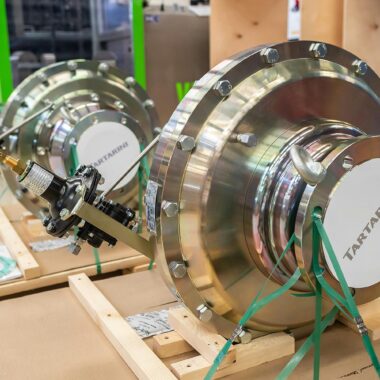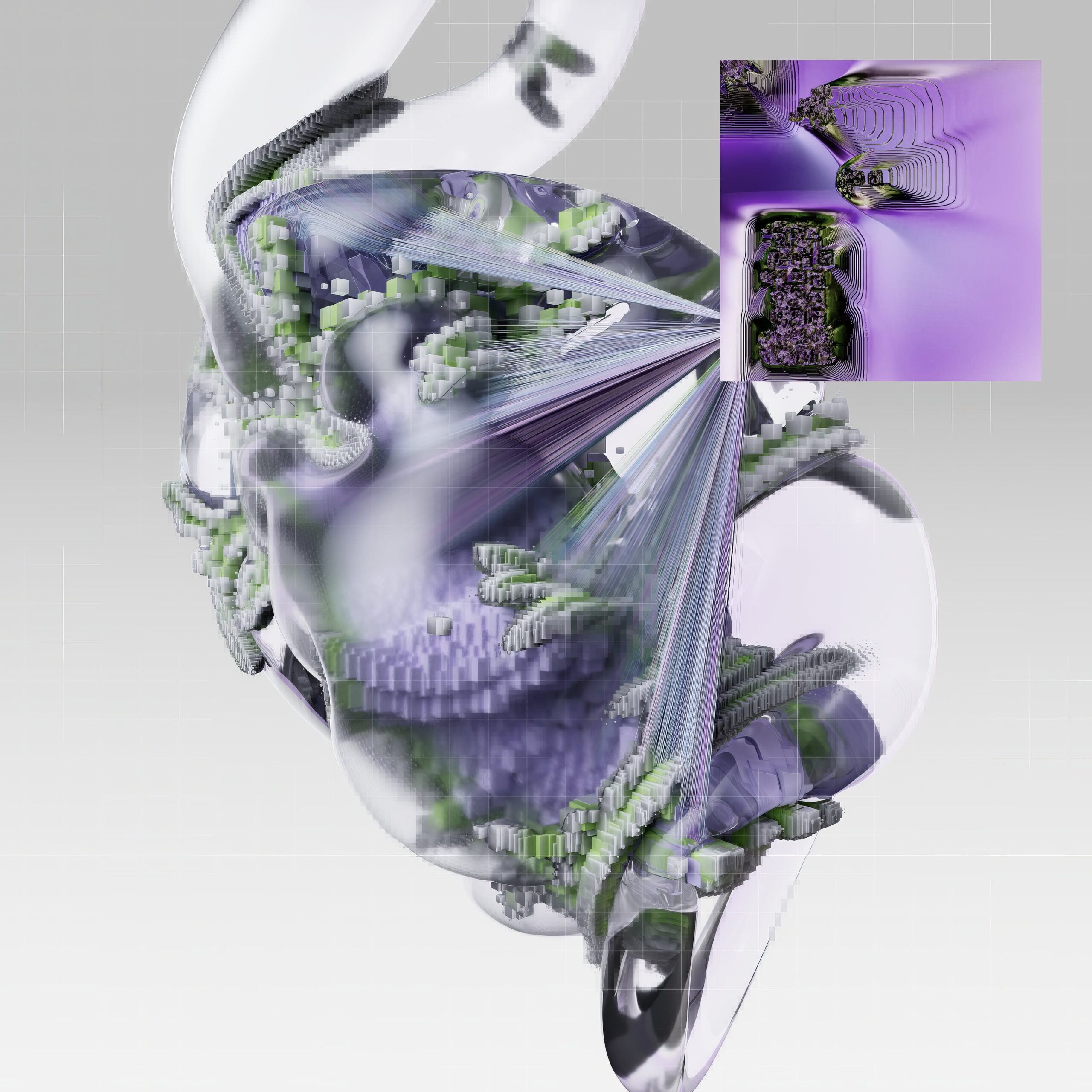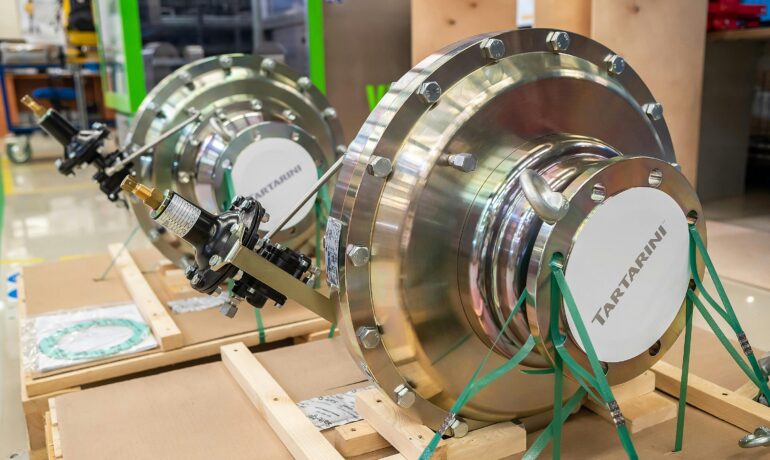By PVG Menon,
Electronics Industry Consultant. Former CEO – Electronic Sector Skills Council of India (ESSCI); Former President – India Electronics & Semiconductor Association (IESA)
A three-phase model is proposed for R&D and product development in India. The model is sufficiently inclusive to be tailored to include variations in terms of timing, but is very clear on what the end goal that is desired to be achieved.
Note: The model fully recognises that IPR is a valuable and precious commodity for which a lot of investment of time, money and effort has been made. Therefore the model fully recognises and protects the IP rights of the inventor/developer. It also shows a path for Indian entities to enter into the development cycle after a process of assimilation, and then leapfrog into a higher position on the technology curve and then contribute in equal measure to further development.
This model is based upon the realization that India does not have all the technology building blocks to design, develop and manufacture all the products that her population needs. What India has in abundance is a young population, with youth who are bright, innovative and who need a platform to showcase their potential. The path of organic R&D may not be quick enough to provide the products through which our population can access the latest technologies. Hence we need a model which enables us to jump-start the process of R&D, whilst providing an opportunity for India as a nation to also benefit from it. In other words, not just be a consumer of technology, but also a co-creator and participant in its evolution.
Step-1: License and Import for Use
As a first step, the (then) state-of-the-art product is licensed and imported for use in India – most often as a Completely Built Unit (CBU). This enables the IP owner to get revenue, it enables Indian users to get immediate access to the latest technology as realised in the form of a product. Especially in the case of complex high-technology platform products (eg fighter aircraft, deep mining equipment etc), this step also enables the establishment of the complex high-technology product into the Indian operating ecosystem. Processes like routine maintenance, operational phasing-in etc are smoothened out and all parts of the ecosystem get familiar with the product and its technology. Requirements for modification or upgrades are also crystallized in this period.
Step-2: Phased Manufacturing
After the initial critical requirement is met through (typically CBU) import, there is a need for additional units in India. This is where a Phased Manufacturing Programme (PMP) should be initiated. It is highly advised that this be in the form of a Joint-Venture, so that in addition to licensing of technology, there is also access to foreign technology experts to aid in the ramp-up of the technology and knowledge levels of Indian staff. Whilst the PMP plans are being drawn up, focus should be on indigenization of the Bill of Materials to the extent possible. Low hanging fruits like wiring, power supplies etc can be first off the bat, and these should also be actively promoted to the supplier to use in their parent manufacturing location as well, with the argument of cost saving. This will help build volumes in India, as well as lead to upgradation of the supplier’s plant and machinery as they upgrade to meet the quality requirements of the parent company’s manufacturing plant.
In terms of timing, while there is no hard and fast rule, it is advisable that the work on the PMP should start around the time 25-50 percent of the CBU imports have landed in India (or as is deemed appropriate on a case to case basis). This allows the Indian ecosystem to start using the product and get familiar with it.
Step-3:
Around the time the JV gets ready to commission the Indian plant, the joint R&D effort should be kick started. It is advisable that in the initial stages, the Indian R&D engineers work under the guidance of the foreign experts, perhaps even at the overseas location. This is important to expose them to not only the labs and technologies at the parent company, but most importantly will give them a deep knowledge of the processes that are in place at the labs of the company which has developed this world class technology. Process knowhow and discipline is learnt by doing and hence at least in the Indian operation can be co-owned and efforts must be made to get the Indian staff to work on future roadmap products. This helps to build up not just technological knowhow in Indian professionals, but also exposes them to the processes and rigors of developing world class technology and products – which is a critical gap in India.









More Stories
Win-Win Solution for the Farmers’ Agitation
iSPIRT and SITARA’s proposal for a Sovereign Compute Stack
Joint Inputs for draft Deep Tech Policy